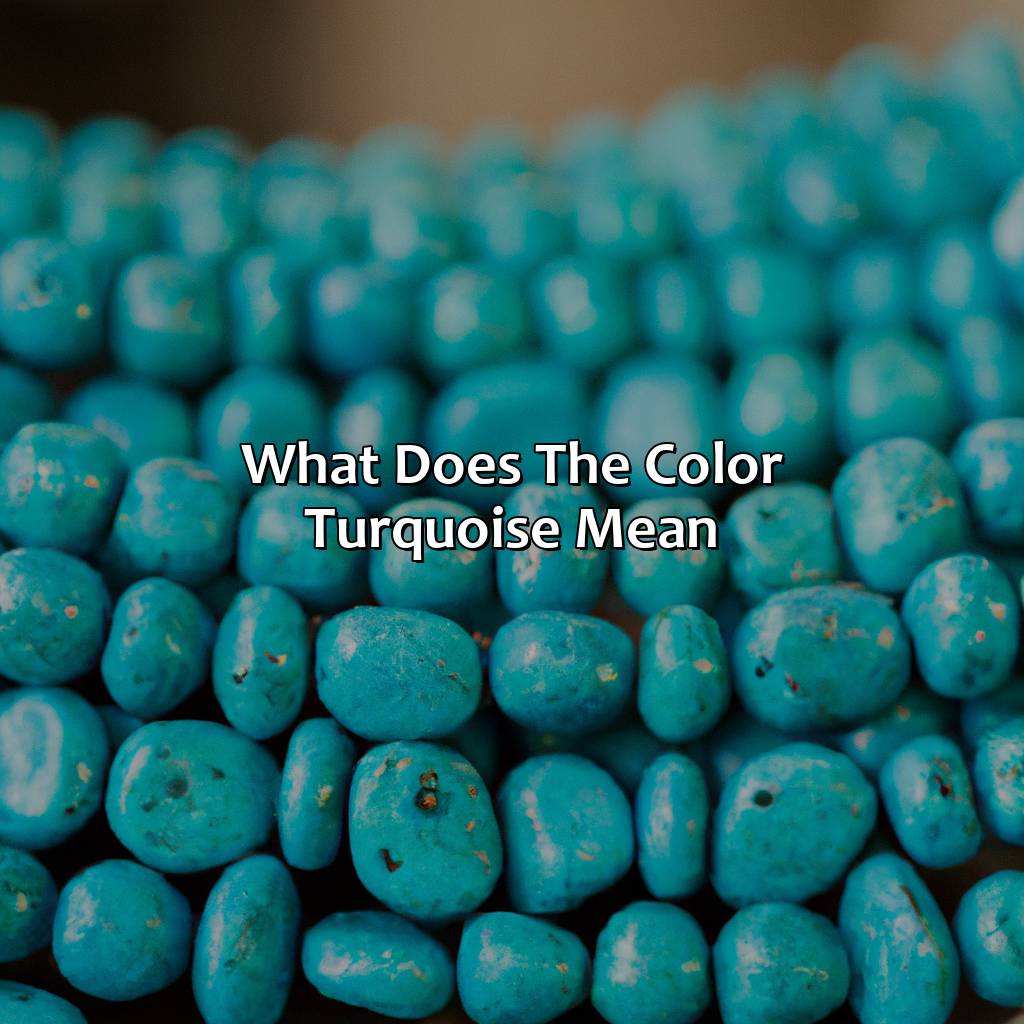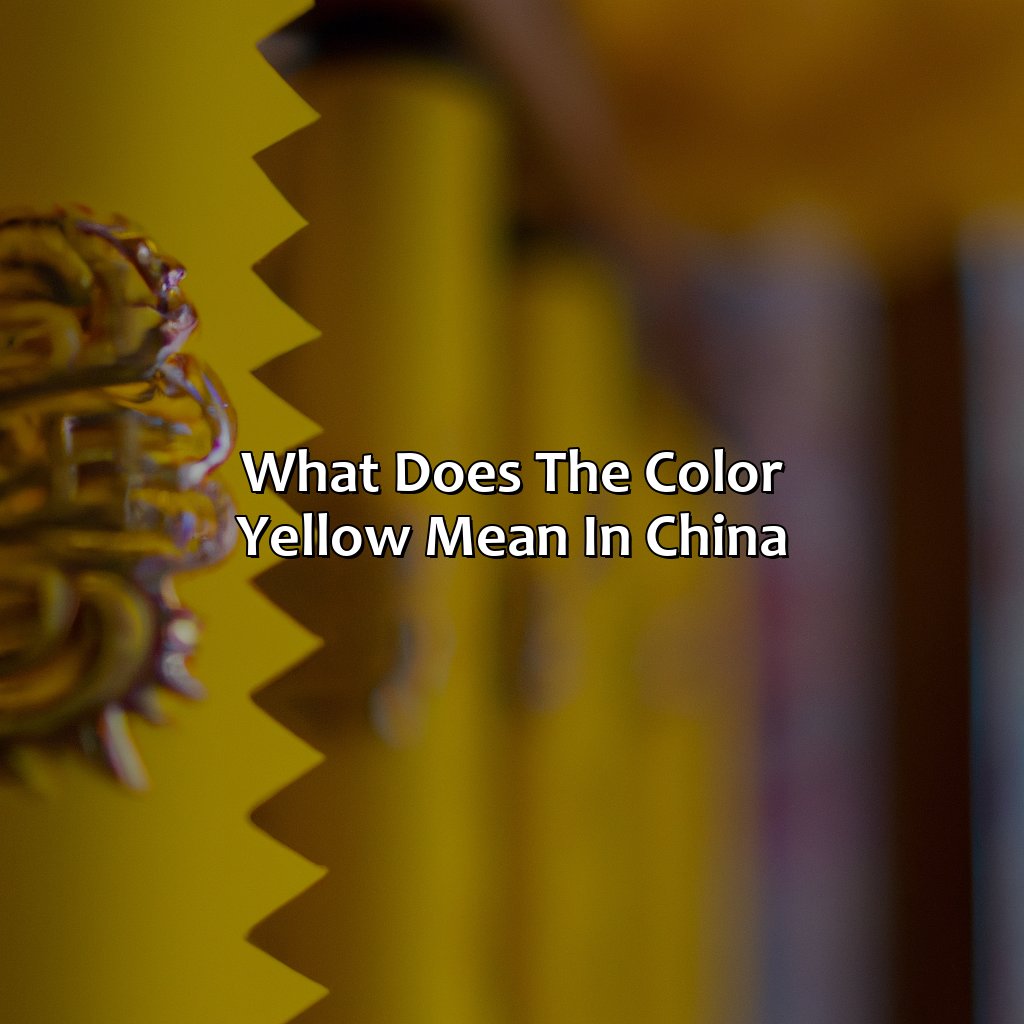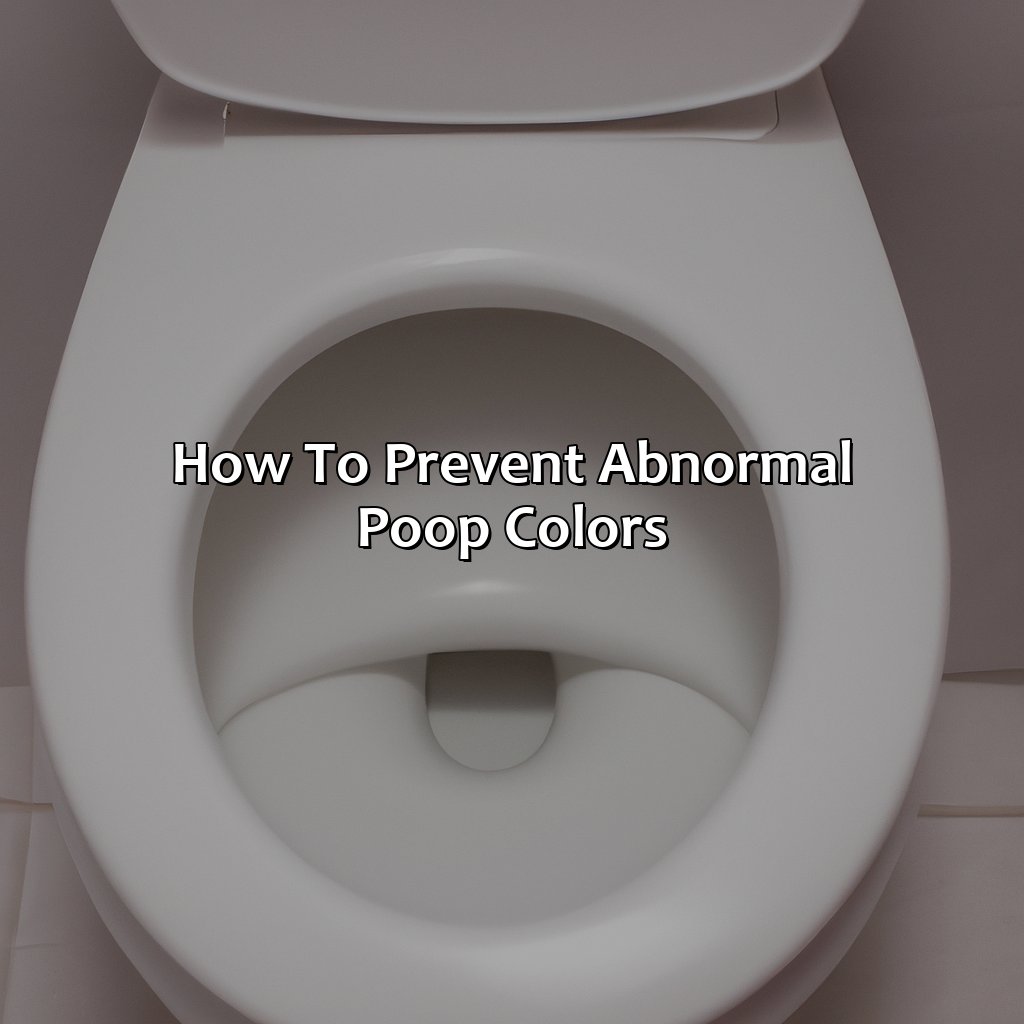Key Takeaway:
- Turquoise is a color that has many meanings and interpretations across different cultures and contexts. It is often associated with qualities such as tranquility, harmony, and spiritual healing.
- Historically, turquoise has had significant cultural and spiritual significance in various parts of the world, including Mexico and ancient Egypt. It has also been used in art and jewelry for centuries.
- In fashion and interior design, turquoise is often used to evoke a sense of calmness and relaxation, and to create a fun and playful atmosphere. It is also a popular choice for branding and technology companies.
Meaning of Turquoise
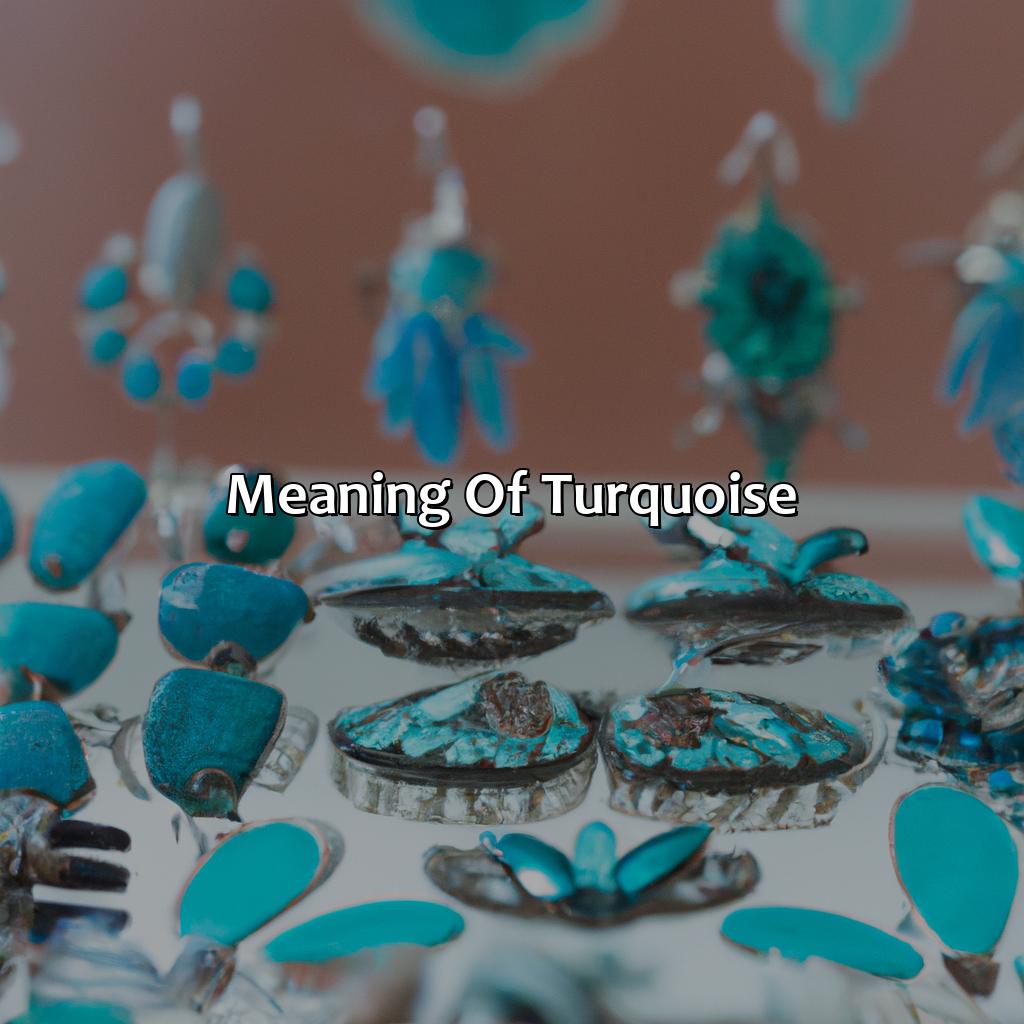
Photo Credits: colorscombo.com by Alan Wright
To discover the significance of turquoise, a look into its history is the answer. Different cultures from around the world have their own meanings attached to this color. Additionally, the symbolism and psychology of turquoise can be explored. Gaining insights on the spiritual meaning of turquoise can help one understand how this hue impacts our emotions.
History and cultural significance of Turquoise
Turquoise is widely regarded for its cultural significance throughout history. The value of Turquoise has been cherished by various cultures and civilizations, including ancient Egyptians and Native Americans. Turquoise signifies healing, well-being, and harmony with nature.
In Mexico, the importance of Turquoise dates back to the time of the Aztecs when it was considered a holy stone. It was used to create ceremonial masks, jewelry and other decorative objects that held spiritual significance. It served as a symbol of protection against negative energy, illness and harm.
In Egypt, Turquoise was thought to protect the dead on their journey to the afterlife and was often associated with Isis, the goddess of life. The ancient Egyptian pharaohs prized turquoise gems and used them for decorating their tombs.
The cultural significance of turquoise extends beyond these two civilizations to various regions spanning from Africa to Asia. Despite differences in religious beliefs or cultural backgrounds, turquoise holds a consistent meaning: spiritual balance and the power of healing.
Turquoise’s historical and cultural significance has translated into its use in fashion design today; its vibrant blue hue is popular for clothing accessories such as necklaces, earrings, and bracelets. It is also common in interior design as it evokes tranquility in spaces such as bedrooms or living rooms.
To incorporate turquoise into your decor style use throw pillows or curtains that include this hue subtly complemented by neutral tones like beige which work well in creating natural color palettes. You can also introduce turquoise through artwork on your walls with minimalistic pieces that blend perfectly with modern decor styles.
In addition to its aesthetic appeal, alternative healing practitioners have used turquoise for centuries for various ailments such as sore throat problems or immune system deficiencies. Individuals who wish to promote overall health through crystals will often use turquoise because it balances energy fields within one’s body promoting health wellness while calming emotions at the same time.
Turquoise: making you feel calm and cool, with just a hint of mermaid vibes.
Color symbolism and psychology of Turquoise
The shade of Turquoise color psychology is known to possess a soothing impact on emotions, instilling a sense of peace and tranquility. Moreover, its association with nature signifies balance, calmness and promotes self-awareness.
Turquoise psychology indicates that it is linked to mental clarity, and improved communication skills, enhancing one’s ability to express themselves freely.
Research suggests that the turquoise emotions stimulate creativity, and aid problem-solving abilities, promoting a positive attitude towards life challenges.
Therefore, incorporating turquoise in interior design or fashion can induce calmness and positivity in daily life.
Adding a little turquoise to your wardrobe and decor is a fashion and interior design no-brainer.
Turquoise in Fashion and Interior Design
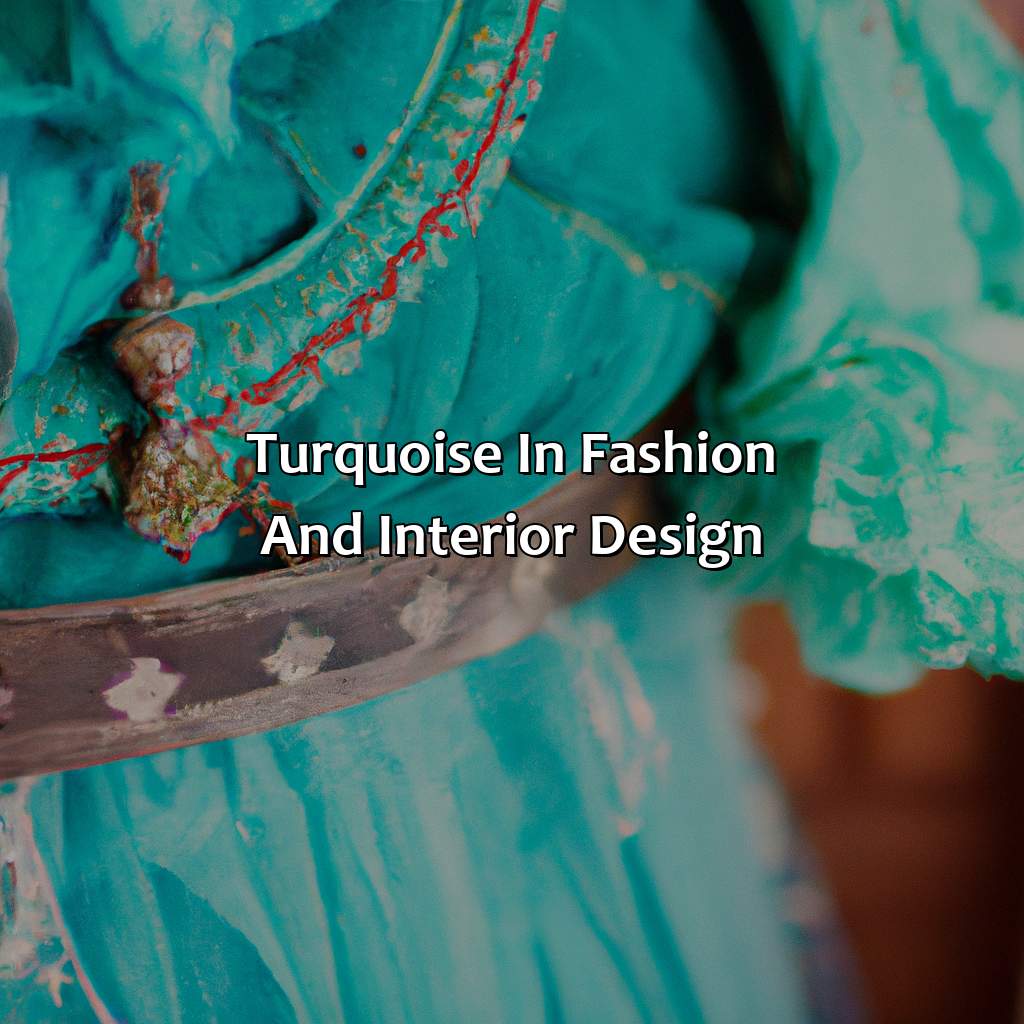
Photo Credits: colorscombo.com by Gerald Baker
Incorporate turquoise into your life! It can bring a tranquil yet daring feel. Investigate its symbolism in fashion. See how it’s used in branding and tech too. Add a dash of turquoise to your home decor using graphic design and advertising!
How Turquoise is used in fashion design and its popularity
The popularity of Turquoise in fashion design has skyrocketed in recent years due to its ability to add vibrancy and excitement to any ensemble. Turquoise can be incorporated into a variety of clothing designs, from flowy dresses to statement jewelry pieces. The color has also become synonymous with some high-end brands, using turquoise in their branding to denote luxury and sophistication.
Beyond the world of fashion, technology industries have also embraced the color, incorporating it into product design and packaging for a sleek and modern look.
A key reason for the growth of turquoise in fashion trends is its versatility as a color. It pairs well with other bright shades like orange or yellow for a bold look or can be worn as a statement piece on its own. Also, turquoise has been known to evoke feelings of calmness and serenity while adding an effortless pop of color.
Talking about branding, many brands use turquoise to elicit certain emotions or associations with their products. For example, the popular jewelry brand Tiffany & Co uses a specific shade of turquoise (called Tiffany Blue) in their branding, which is instantly recognizable as high-end and luxurious.
Additionally, technology industries such as Apple Inc have adapted the use of turquoise as accent colors significant on their phone cases or dashboard themes that aligns with consumer desires for aesthetic products that are also functional.
According to Saad (2020), Turquoise is increasingly becoming associated with eco-friendly beauty movements—making it an established presence in green beauty spheres while gracefully merging with nature’s bounty.
Add a pop of turquoise to your home decor and watch your guests feel blue with jealousy.
Ways to incorporate Turquoise in interior design
Turquoise in Interior Design Incorporation
Incorporating turquoise into your home decor can bring a refreshing, uplifting and cheerful feel. It blends well with other colors like white and grey, creating a positive impact on the overall aesthetics of the space. Here are three ways to introduce Turquoise in your interior design:
- Paint an Accent Wall – One way to incorporate turquoise is by painting an accent wall. It immediately adds color and texture to an otherwise monochromatic setting.
- Use Turquoise Furnishings – Turquoise furnishings like rugs, curtains or throw pillows add a pop of color while still being versatile enough to complement other color schemes.
- Introduce Graphic Artwork in Turquoise – Graphic design experts suggest using turquoise in advertising campaigns. Using bold typography, geometric shapes and patterned prints in turquoise will create depth and complexity to the decor.
To further enhance the visual appeal of turquoise-infused interiors, keep other elements simple so that the focus is on the amazing beauty of this color itself.
Did you know? According to a survey conducted by Houzz (a leading interior design website), 25 percent of homeowners in America have incorporated Turquoise in their interior decorating plans! Get your chakras in check and your aura aligned with the healing and spiritual properties of turquoise.
Healing and Spiritual properties of Turquoise

Photo Credits: colorscombo.com by Gary Walker
To comprehend the healing and spiritual power of turquoise, you must grasp its color’s importance in alternative healing. Turquoise is utilized in color therapy, music therapy, and mindfulness for traditional and modern healing. It also carries a strong spiritual significance in different cultures and beliefs. This section will explain turquoise’s symbolism in art and its effect on personal growth.
Traditional and modern uses of Turquoise in alternative healing practices
The serene and calming Turquoise color has been used for many years as an alternative healing practice. It is believed that Turquoise can bring peace and harmony to the body, mind, and soul. The Native Americans have used it in spiritual ceremonies and believed that it has protective properties.
Turquoise color therapy involves using this color to balance energy centers or chakras in the body. It is known to bring calmness, tranquility, and emotional balance. Moreover, it can also help enhance communication skills.
Turquoise in music therapy is used to improve the mental state of patients suffering from anxiety, depression or any other traumatic experience. The sound vibrations produced by Turquoise instruments are said to have a positive impact on mood and emotions.
In mindfulness practice, Turquoise is useful in meditation as its calming effect enhances inner communication between the higher self and the mind. With practice, individuals can achieve better insight into their thoughts and feelings.
A fun fact: Ancient Egyptians adorned their jewelry with Turquoise due to its association with protection against evil spirits. It was also believed that wearing Turquoise would ease tensions between married couples!
Turquoise: the ultimate stone for those seeking spiritual and personal growth.
Spiritual meanings and significance of Turquoise
Turquoise, a mesmerizing stone, is revered among various cultures for its spiritual properties. It holds deep symbolism and significance in spiritual practices. This gemstone has been used as a protective amulet and talisman since ancient times. Turquoise symbolism is utilized to enhance one’s spiritual journey and personal growth.
In art, turquoise symbolism has been used to represent healing and protection. Turquoise is utilized in traditional Native American jewelry due to its perceived power of purification. The blue color of the stone represents Heaven while the green hues link it to the earth.
Turquoise and personal growth go hand in hand, as it helps release negative emotions such as anger, fear, anxiety, and stress. It also enhances creativity, self-expression, and communication abilities. Connecting with turquoise assists in opening up one’s heart chakra which fosters compassion and forgiveness.
##Example Response:
Five Facts About the Meaning of Turquoise Color:
- ✅ Turquoise is a calming color often associated with serenity and tranquility. (Source: The Spruce)
- ✅ The color turquoise is believed to promote creativity and self-expression. (Source: Color Wheel Pro)
- ✅ Turquoise has long been considered a healing color in many cultures and is believed to have properties that can improve mental and physical well-being. (Source: Mind Body Green)
- ✅ The use of turquoise color in interior design can make a space feel more inviting and add a touch of elegance and sophistication. (Source: Freshome)
- ✅ Turquoise is a popular choice for jewelry and fashion accessories due to its versatility and ability to complement a variety of skin tones and outfit styles. (Source: StyleCaster)
FAQs about What Does The Color Turquoise Mean
What does the color turquoise mean?
The color turquoise represents tranquility, balance, and emotional stability. It’s a color that brings a sense of calmness and relaxation to the mind and body.
Is turquoise a popular color?
Yes, turquoise is a popular color, especially in fashion and home decor. It’s a versatile color that looks great in both bold and subtle combinations.
What cultures associate turquoise with certain beliefs or traditions?
Turquoise has had a significant cultural significance throughout history. Native American tribes view turquoise as a protective stone, Tibetans associate it with the sky and Buddhist teachings, and in Egyptian culture, it was used in jewelry designs for royalty.
What emotions are associated with turquoise?
Emotions associated with turquoise include serenity, peace, clarity, and refreshing energy.
What are some popular color combinations with turquoise?
Some popular color combinations with turquoise include coral, navy, yellow, pink, and beige. It can also create a cohesive look when paired with other blue and green shades.
What is the psychology behind the color turquoise?
The psychology behind the color turquoise is that it helps individuals balance their emotions and achieve mental clarity. It’s also associated with creativity, empathy, and hope.
